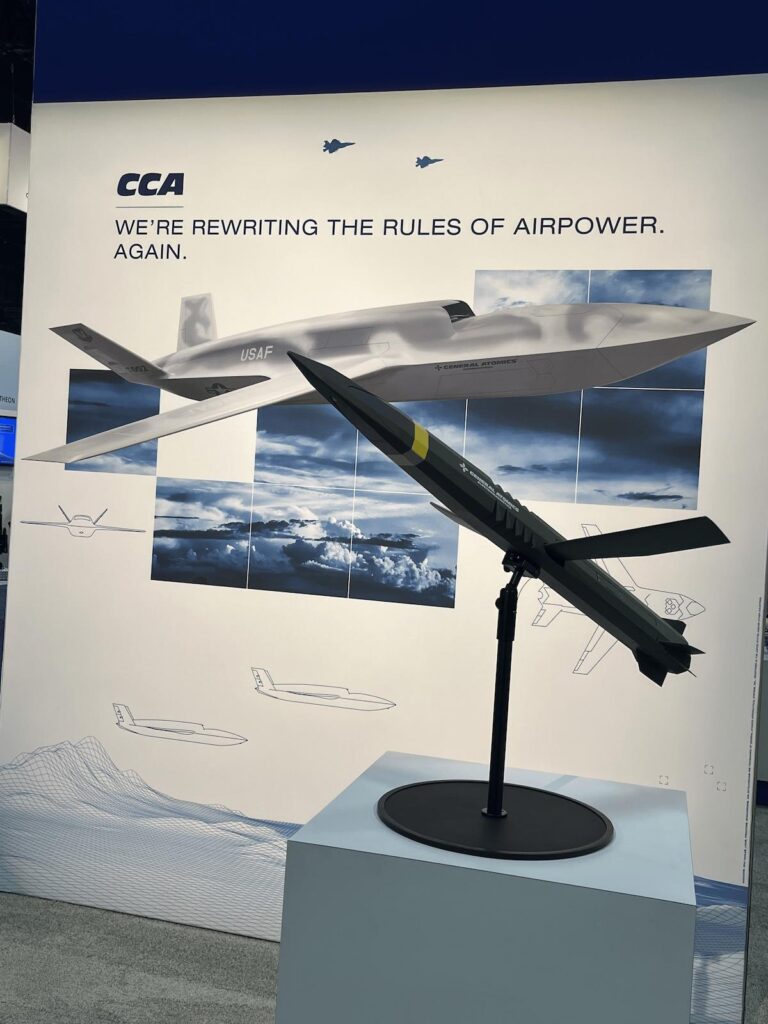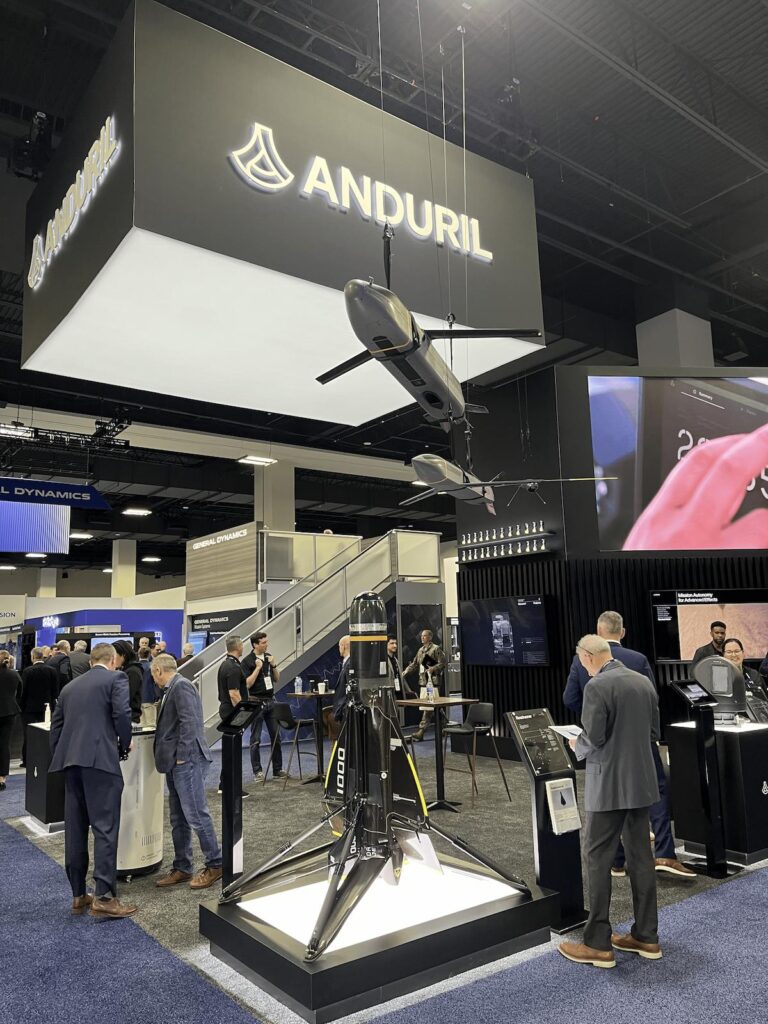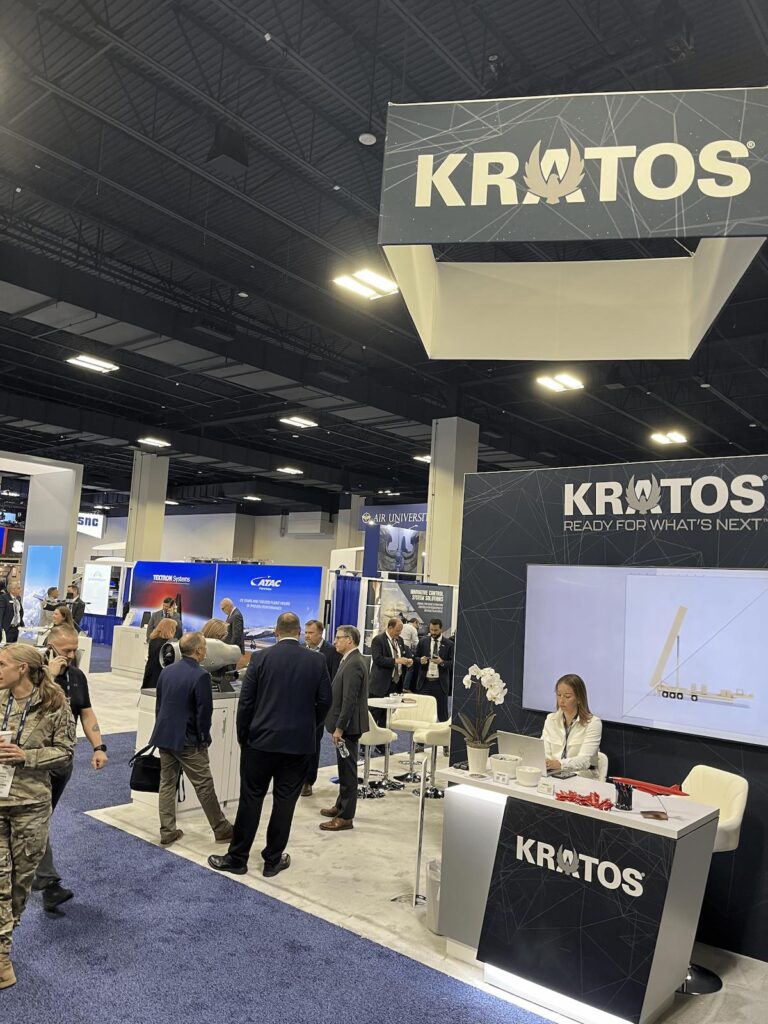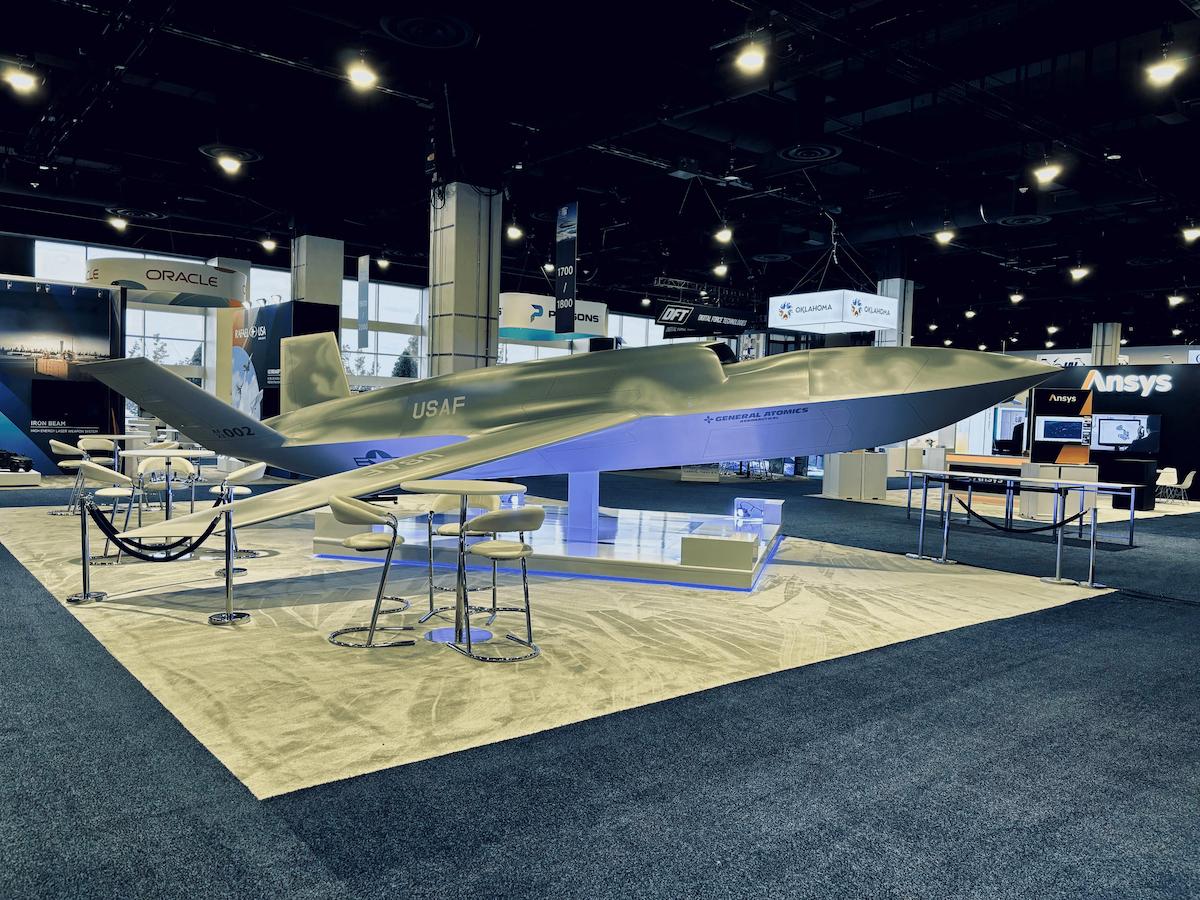As global threats continue to mount, the margin for error in combat has become razor-thin. Within this context, the United States Air Force (USAF) faces a stark reality: its combat aircraft inventory remains too small, and its readiness, too low. Decades of underfunding and delayed modernization have left the service at a crossroads. As Doug Birkey, Executive Director of the Mitchell Institute for Aerospace Studies, put it, “With threats surging around the world, the Air Force has to figure out how to reset and do it fast, and we can’t just buy more of what we’ve already fielded over the past decade.”
Enter the Collaborative Combat Aircraft (CCA)—a new breed of uncrewed, networked platforms designed as force multipliers, not as “cheap fighters,” to add capacity, capability, and operational flexibility to the Air Force’s arsenal. Yet fielding CCAs alone is not enough. The true test lies in logistics: the ability to sustain, supply, and regenerate combat power under fire, at scale, and with speed. The Mitchell Institute’s recent workshop brought together operators, industry leaders, planners, and logisticians to tackle a critical question: How do you sustain a CCA-enabled force in the face of determined, high-tech adversaries? The answer, all experts agreed, is neither simple nor static.
What Is CCA? Breaking the Mold
CCAs are not simply drones or expendable wingmen. They represent a fundamental shift in how the USAF conceives and delivers airpower. “They’re an additive ingredient that makes the total air power package better,” Birkey explained. “But like the rest of our Air Force aircraft inventory, just to buy a lot of CCA won’t be enough. Credible, sustainable combat air forces require logistics—personnel, fuel, munitions, ground handling equipment, and other material—to generate sorties at scale”
Colonel Mark Gunzinger, Director of Future Concepts and Capability Assessments at the Mitchell Institute, emphasized the strategic imperative. “China can now project more combat mass into the Taiwan Strait region than our air force,” he said. “China has the largest air force in the Indo-Pacific region, and they’re outpacing our production of modern combat aircraft. Our Air Force cannot match China fighter for fighter… Instead, they must field asymmetric capabilities so they can … offset China’s combat mass advantages.”
CCA provides the Air Force an answer to this challenge. Designed for survivability, mass, and operational flexibility, able to disrupt adversary defenses and create windows of opportunity for manned and unmanned forces alike, the USAF has bet on these robotic wingmen to help win the next fight.

The Logistics Imperative: More Than Just Beans and Bullets
Scott “Fug” Gilloon, Sector Vice President of Air Force Strategic Development and Capability Assessments at General Atomics, captured the essence of the logistics challenge: “The roll up of effect also includes its ability to be sustained. Its ability to be delivered, its ability to be leveraged in many different locations. And that gets into that overall supportability. One of the greatest things about this program… is the ability to disaggregate those logistics and be able to support it in very challenging but novel locations.”
Modern logistics involves more than moving parts; it’s about enabling tempo, resilience, and unpredictability. As Robert “Otis” Winkler, Vice President of Corporate Development and National Security Programs at Kratos Defense, noted, “We’re disaggregating all our sensors and all our weapons… to give a much harder problem to the enemy. And at the same time, we’re able to acquire more and more mass. And it has to be affordable and it has to be capable.”
Learning from History: The Perils of Permissive Logistics
For two decades, U.S. airpower operated in largely uncontested environments. This fostered habits ill-suited to a future fight against peer adversaries. “When you have the luxury of moving 200 pounds of parts or components with a C-130, and you can do so uncontested, well, that definitely creates some bad habits,” Gilloon reflected. “If it takes us 239 days to get a part that’s critical for the success of an aircraft getting off the ground, then we may as well just not fight.”
The CCA concept demands an agile, distributed, and resilient logistics system. It must support operations from austere, forward locations—sometimes little more than general aviation airfields—where traditional supply chains and maintenance practices are untenable.
Designing for Sustainment: From Factory Floor to Forward Edge
A recurring theme throughout the workshop was the need to design CCAs—and their support systems—for manufacturability, maintainability, and rapid fielding. Winkler explained, “We can build airplanes now for about $800 a pound… We’re driving down the cost of the aircraft themselves. What we’re not driving down, and what we haven’t spent enough time and effort on, are mission systems and affordable weapons that are built to be able to be used by CCA.”
The difference is not just in hardware, but in philosophy. “You want to be able to manufacture and produce this thing at rate and at scale, but not build it like you would a normal aircraft,” Winkler said. “First, principle-wise, we make it reproducible and manufacturable at cost, then we make it a lower logistics footprint, and then we make it survivable enough to do the mission requirements to survive, to get the mission done and then come back.”
Gilloon added, “We’re talking about designing from the very beginning to be reproducible here. They are designed from the very beginning to be sustainable…That facilitates the change of the nature of the conflict that these things will support.”
Andrew “Scar” Van Timmeren, Director of Air Dominance Systems at Anduril, provided a crucial perspective on CCA sustainment and field support. “One of the things that’s critical to the ease of supportability is leveraging—as much as possible—commercial components…And I think one of the greatest capabilities we can [achieve] with commercial components is much lower risk, especially when they’re certified by FAA or other bodies…A perfect example… is the engine. We’re using a commercial engine that is in production, is FAA certified, millions of flight hours on it. And so that means… you can find those engines out in the field. And so I think that, amongst other things, gets into the overall greater sustainment capability of the jet.”
Distributed Operations: Surviving and Thriving Under Attack

One of the most profound shifts with CCA is the move toward distributed, agile operations. No longer can the Air Force rely on large, static bases. Operating from dispersed, sometimes improvised locations, CCAs can leverage local fuel supplies, require minimal specialized equipment, and be turned around with little more than a laptop and a cable. This reduces the logistics burden and increases survivability.
Gunzinger highlighted the strategic calculus: “Basing as far forward as possible could reduce or even eliminate the need to refuel them in the air, and that could help free up offload capacity for Air Force fighters and bombers. But there’s really a balancing act here… there are clear operational and logistics benefits from posturing as close to the West as possible, but that can also increase the risk of air missile attacks on their locations.”
Van Timmeren reinforced the importance of minimizing bespoke equipment: “When you have a kit required to execute the maintenance on these vehicles, it is not a bespoke wrench, or a bespoke tool, or a bespoke anything. It is stuff that’s readily available and already in production for the support of other assets….using the maximum amount of commercially available capabilities in the maintenance realm that lowers to as close to zero possible the unique demand on that logistics system.”
The Human Element: Protecting and Empowering the Force
While CCAs reduce the need for large numbers of pilots and maintainers, the human element remains central. “The most precious thing on the battlefield is the human capital here, your resources, the maintainers who are going to turn the aircraft,” Gilloon stressed. “We’ve taken great lengths to go all the way back through in digital engineering… and figure out how we reduce the burden on that individual, on that human who we’re asking to turn our aircraft under intense, potentially intense combat operations.”
Designing CCAs for rapid, simple turnaround not only increases sortie rates but also minimizes the exposure of personnel to enemy attack—a critical consideration in high-threat environments.
Munitions and Mass: The Achilles’ Heel
A recurring concern is the availability and flow of munitions. As Birkey observed, “We just have too few munitions. So how do we get to a world where munitions are able to flow into the theater at a sustainable rate? And what does that mean for logistics demand?”
Winkler argued for a new approach: “We need to start designing weapons that are optimized to be carried on the CCAs themselves, and spend the time and effort to do that. You’ll get a much better weapons depth, and then we can actually increase even more of the defense industrial base… to produce (them).”
Van Timmeren also stressed the importance of munitions being “affordable and mass producible” rather than “exquisite,” aligning with the need for scalable logistics and sustainment.
Gilloon added, “Designing for manufacturability is the critical enabler to scale…those munitions in the field to be used by our operators.”
Unmanned Logistics: The Next Frontier
The workshop also explored the potential for unmanned systems to support logistics directly. “Every pound of equipment that’s moved by an unmanned system is a pound that we don’t have to logistically track on a C-17 or something else, that we’d rather go do something higher risk or more specialized or truly require a human,” Gilloon said. “It is a key enabler to have unmanned systems support this capability.”
Emerging manufacturing techniques such as 3D printing and additive manufacturing, according to Van Timmeren, should improve CCA sustainment.
Winkler described modeling autonomous aircraft like the Caravan and King Air as logistics haulers to move critical supplies to the edge and leverage organic fuel stocks at dispersed locations. This approach promises to further reduce risk and increase operational tempo.
Resilience Through Scale and Agility

Attrition is an unavoidable reality in high-end conflict. The CCA concept is built to absorb and overcome losses through scale, redundancy, and rapid regeneration. “By having scale, we can manage the risk, increase the risk levels that we need to because we’re going to have more of them just from a resource point of view, because they should be less expensive and we’ll have more resources available to purchase them than we would a fifth or sixth generation fighter,” Winkler noted.
Spreading forces across many locations, enabled by agile logistics, inverts the cost curve for the adversary and complicates their targeting. “It costs the enemy more to actually try to attack, because exactly, they’re all spread out as opposed to being able to launch 3 or 4 weapons and take out your entire force structure,” he added.
Flying Forward and Upward: Field, Experiment, Iterate
The consensus among participants was clear: the Air Force must move quickly to field CCAs, experiment with new concepts, and learn by doing.
“The best way that you can understand what the logistics footprint is going to be is to start operating these things today…And so the faster that we get something out into the field doesn’t have to be the perfect thing. We start flying it, we get our maintainers, we get our pilots, we get the support personnel… We need to stop waiting. We need to start fielding, get something in the field today, operating it today at the 50%, whatever 90% solution. And we’ll learn as we go,” said Winkler.
Gunzinger added, “It’s time to get CCA into the hands of the warfighters so they can experiment with them and find new, innovative ways to operate them that we have yet to imagine. And that includes new ways of discovering how to sustain CCA operations to reduce logistics tails.”
Logistics as the Decisive Edge
The future of airpower will not be decided solely by the number or sophistication of aircraft, but by the ability to sustain and regenerate combat power under fire. The CCA force design, underpinned by agile, distributed, and resilient logistics, offers a path to outpace, outmaneuver, and outlast adversaries in the most demanding environments.
As Gilloon put it, “Warfighting is about resiliency. And we need to shift our mindset over to that resiliency, how to operate under fire continuously to not cede that space to the enemy.”
The challenge is immense, but so is the opportunity. By reimagining logistics as a central pillar of combat power, the Air Force can ensure that the promise of CCA becomes reality—not just in concept, but in the crucible of conflict.

